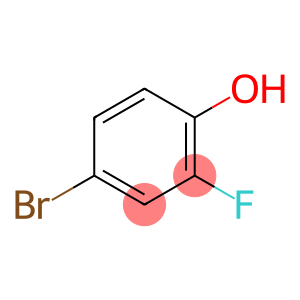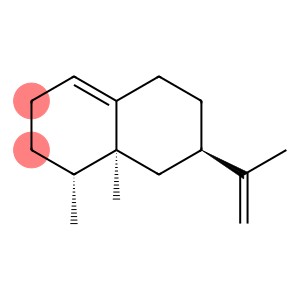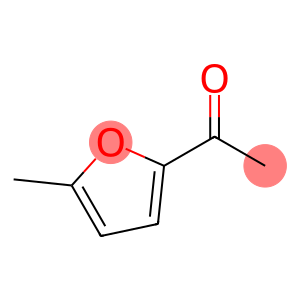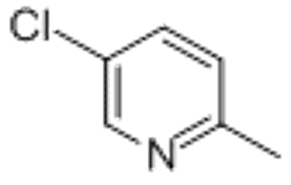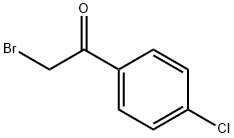CYCLOHEPTANE(CAS#291-64-5)
| Hazard Symbols | Xn – Harmful |
| Risk Codes | R22 – Harmful if swallowed R40 – Limited evidence of a carcinogenic effect R36/37/38 – Irritating to eyes, respiratory system and skin. R20/21/22 – Harmful by inhalation, in contact with skin and if swallowed. R43 – May cause sensitization by skin contact |
| Safety Description | S36 – Wear suitable protective clothing. S36/37 – Wear suitable protective clothing and gloves. S26 – In case of contact with eyes, rinse immediately with plenty of water and seek medical advice. |
| UN IDs | UN 2811 6.1/PG 3 |
| WGK Germany | 1 |
| RTECS | GN4200000 |
| TSCA | Yes |
| HS Code | 29322010 |
| Hazard Class | 6.1 |
| Packing Group | III |
| Toxicity | LD50 orally in rats, guinea pigs: 680, 202 mg/kg (Jenner) |
Introduction
Coumarin is an organic compound. It is a colorless crystalline solid with a distinctive aroma similar to fresh bitter orange peel or tarragon.
Coumarin is also used as a raw material for anticoagulants and sunscreens.
There are many ways to prepare coumarin, among which the most commonly used is the use of phenol and acetic anhydride as raw materials, which are prepared by ketone alcohol condensation reaction.
Coumarin is a chemical substance and should be used in accordance with relevant safety practices and avoid contact with the skin, eyes and respiratory tract.
Write your message here and send it to us



